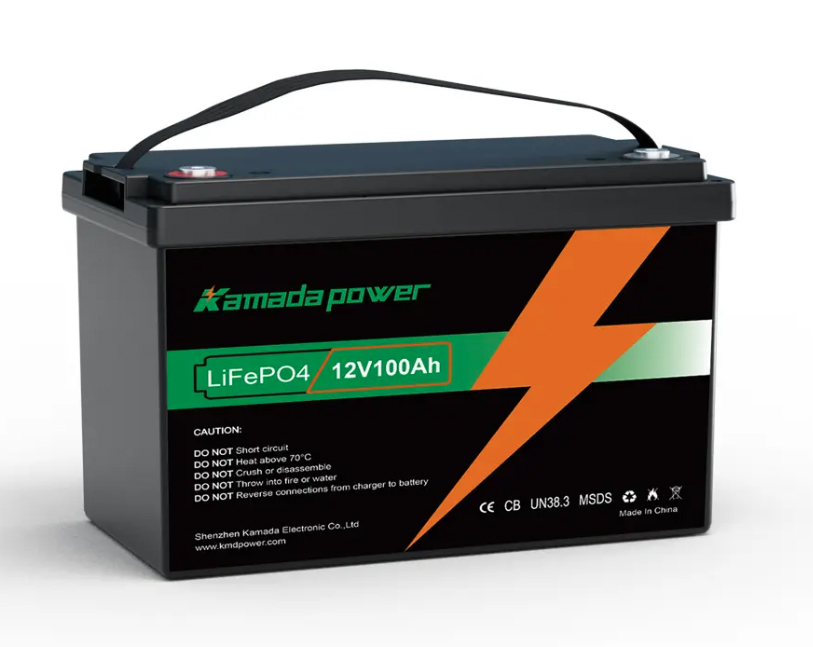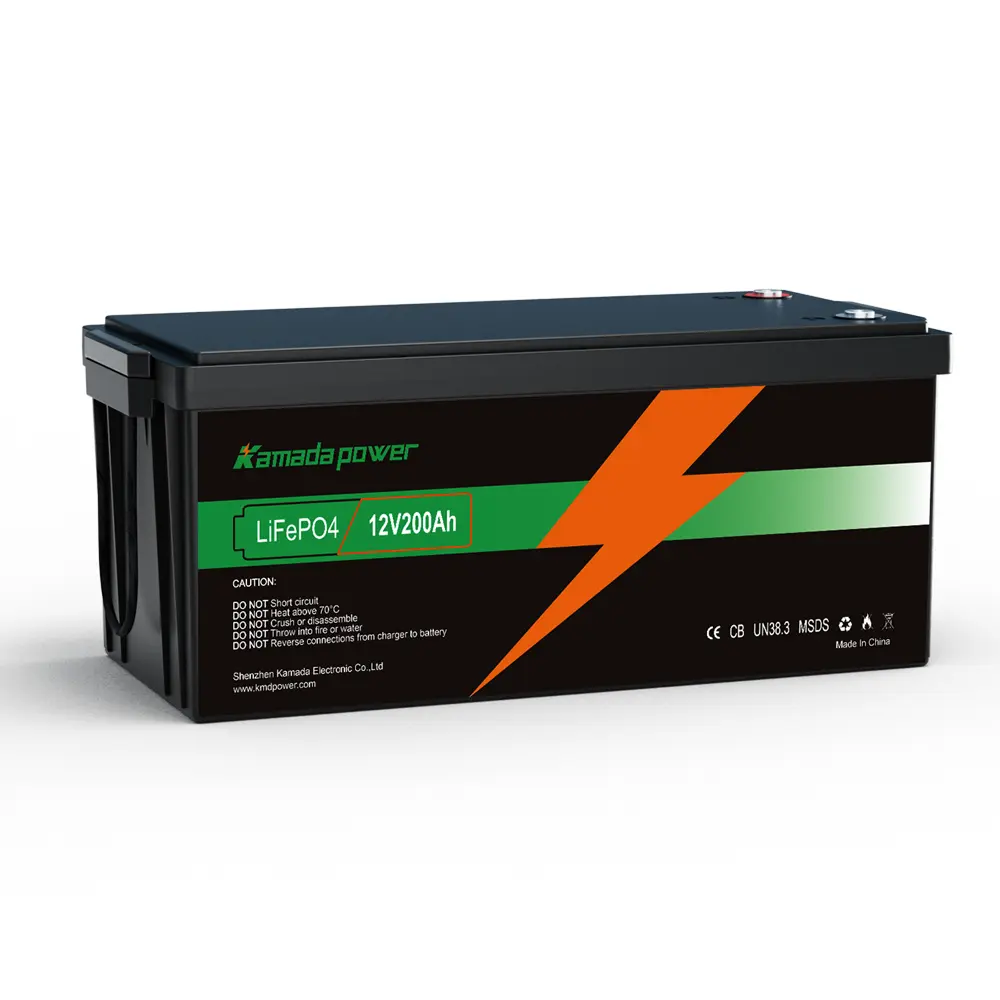6 Strategies that Boost LiFePO4 Battery Life. You’ve just signed off on a significant capital expenditure: upgrading your fleet of warehouse forklifts or specifying the backup power for a new marine vessel with marine lifepo4 batteries. The datasheets promised an incredible 6000 cycles and a decade of service. But here’s the thing about datasheets—they represent a perfect world. In the real world of demanding industrial applications, achieving that longevity and maximizing your ROI isn’t automatic. It’s the result of smart, disciplined care.
From my experience working with industrial clients, I’ve seen two scenarios play out. I’ve seen expensive battery packs die prematurely after just a couple of years due to simple, avoidable mistakes in their charging protocol. And I’ve seen well-managed batteries in high-use industrial equipment sail past their advertised cycle life, delivering outstanding value.
This guide is your blueprint for being in that second group. We’ll go beyond the basics and explain the why behind each strategy, empowering you to protect your investment and dramatically lower your total cost of ownership (TCO).

kamada power 12v 100ah lifepo4 battery

kamada power 12v 200ah lifepo4 battery
Strategy 1: Master the Art of “Gentle” Charging (The Voltage Window)
The single most critical factor in LiFePO4 health is voltage management. Pushing a battery to its absolute limits, even if the spec sheet says you can, is where long-term damage begins.
Avoid the “100% Full” Trap
It’s tempting to charge a battery to its maximum 14.6V (3.65V per cell) to squeeze out every last amp-hour. But think of it like redlining a car engine; you can do it, but it causes accelerated wear.
Actionable Advice: Set your charger’s bulk/absorb voltage to a more conservative 14.0V – 14.2V (3.50V – 3.55V per cell).
The “Why”: This seemingly small adjustment gives you about 95-98% of the battery’s total capacity but places a fraction of the stress on the cells. For a fleet of AGVs (Autonomous Guided Vehicles) running multiple shifts, this simple change in the charging profile can be the difference between replacing a pack in three years versus five. You’re trading a tiny bit of daily range for a massive gain in overall service life.
Slow Down Your Charge Rate (C-Rate)
Actionable Advice: While many LiFePO4 batteries are rated for a 0.5C or even 1C charge rate, sticking to a gentler 0.2C rate is ideal for longevity. For a 200Ah forklift battery, that means charging at 40A instead of pushing it at 100A.
The “Why”: A slower C-rate generates less internal heat—a primary enemy of battery health. It also reduces the risk of lithium plating, an irreversible chemical process that degrades performance, especially in cooler environments like a refrigerated warehouse. It’s a simple trade-off: a little more charging time for a lot more life.
Strategy 2: Respect the Depth of Discharge (DoD)
How deeply you drain your battery on each cycle directly impacts its total lifespan. LiFePO4 is incredibly resilient, but it’s not invincible.
The 80% DoD Sweet Spot
Actionable Advice: For applications that aren’t mission-critical emergencies, design your system to regularly use only 80% of the battery’s capacity (leaving 20% State of Charge, or SoC, in reserve).
The “Why”: Think of a commercial Energy Storage System (ESS) designed for peak shaving. Its job is to discharge during high-cost afternoon hours and recharge overnight. If you cycle it at 80% DoD, you might get 5,000+ cycles. If you run it down to empty (100% DoD) every single day, you might only get 2,500-3,000 cycles. That effectively cuts your ROI in half.
Strategy 3: Mind the Temperature Gap: The Silent Killer
After voltage, temperature is the next biggest factor affecting battery health. Engineers know that extreme temperature performance is a challenge, and LiFePO4 is no exception.
The Golden Rule: NEVER Charge Below Freezing
Actionable Advice: Your Battery Management System (BMS) should prevent this, but an operational rule is crucial: Do not charge a LiFePO4 battery if the cell temperature is below 0°C (32°F) unless the system has a dedicated low-temp sensor and heating system.
The “Why”: Charging below freezing causes that irreversible lithium plating I mentioned earlier. It’s the fastest, most effective way to permanently destroy your battery pack. For equipment used outdoors in Northern Europe or in food storage facilities, this is a non-negotiable operational safety check.
Operating Temperature Best Practices
Actionable Advice: Whenever possible, keep the battery operating between 15°C and 25°C (60°F – 77°F). Ensure proper ventilation and avoid enclosing batteries in tight, unventilated boxes that trap heat during heavy discharge cycles.
Strategy 4: Leverage Your BMS (Battery Management System) Intelligently
Your BMS is the brain of the operation. Don’t just accept the factory defaults; program it to protect your asset.
Set Your Cut-Offs Conservatively
Actionable Advice: Program your BMS with conservative cut-offs that provide a safety buffer.
- High Voltage Disconnect (HVD): Set it to match your gentle charge voltage, around 14.2V.
- Low Voltage Disconnect (LVD): Instead of the absolute minimum, set it higher, around 11.2V (2.8V/cell).
The “Why”: The BMS is your last line of defense. For a marine backup power system, a conservative LVD ensures the battery is protected long before it enters a deep discharge state, giving the crew ample time to start a generator without stressing the cells.
Strategy 5: The Importance of Regular Cell Balancing
In a large multi-cell battery pack, tiny differences between cells can become big problems over time, limiting the entire pack’s performance.
How and When to Balance
Actionable Advice: Most quality BMS units handle this automatically through “top balancing.” To help it do its job, allow the pack to occasionally sit at its full charge voltage (your 14.0V-14.2V setpoint) for an hour or two. This gives the BMS time to bleed a little energy from the higher-voltage cells, allowing the lower ones to catch up.
The “Why”: An unbalanced pack is like a rowing team with one tired rower—the entire boat’s speed is limited by the weakest member. If one cell hits the LVD first, the entire pack shuts down, even if the other cells are still full of energy.
Strategy 6: Smart Storage for a Healthy “Hibernation”
For seasonal equipment like agricultural machinery or boats, how you store the batteries during the off-season matters.
The Ideal Storage State of Charge (SoC)
Actionable Advice: For storage longer than a month, bring the battery to a 50% to 70% State of Charge and disconnect it completely from any loads.
The “Why”: Storing a LiFePO4 battery at 100% SoC accelerates “calendar aging”—capacity loss that happens over time, even when the battery isn’t being used. Storing it empty risks the voltage dropping too low. While we know emerging technologies like sodium-ion battery packs for their excellent storage stability, your existing LiFePO4 fleet requires this specific state-of-charge discipline to prevent degradation.
Conclusion
Achieving a remarkable lifespan from your marine lifepo4 battery investment isn’t about luck; it’s about process. By managing your charging voltage, respecting the depth of discharge, controlling temperature, fine-tuning your BMS, and using smart storage protocols, you are actively taking control of your asset’s longevity.
This operational discipline translates directly into years of additional service life, fewer replacements, and a much healthier bottom line.
Have a specific application challenge or question about system design? Contact Kamada Power Our battery engineering team helps clients spec systems for maximum ROI every day. Let’s talk about getting the most out of your investment.
FAQ
Can I use my old lead-acid charger on a new LiFePO4 battery?
We highly discourage this. Lead-acid chargers have multi-stage charging profiles with “equalization” or high “float” voltages that can damage LiFePO4 cells over time. A dedicated lithium charger that shuts off completely once charged is the only way to ensure safety and longevity.
What if one cell in my industrial battery pack starts to fail?
A quality BMS with monitoring will give you your first alert, showing a single cell’s voltage deviating significantly from the others. In some modular systems, a technician can replace a single cell or module. However, this often indicates a systemic issue or the pack nearing its end of life. Regular balancing is the best preventative measure.
How do I actually monitor individual cell voltages in the field?
The most effective way is to specify a smart BMS that includes Bluetooth or CAN-bus connectivity. This allows your field technicians to connect with a smartphone or laptop to get a real-time diagnostic of every cell’s voltage, temperature, and status, making proactive maintenance much easier.